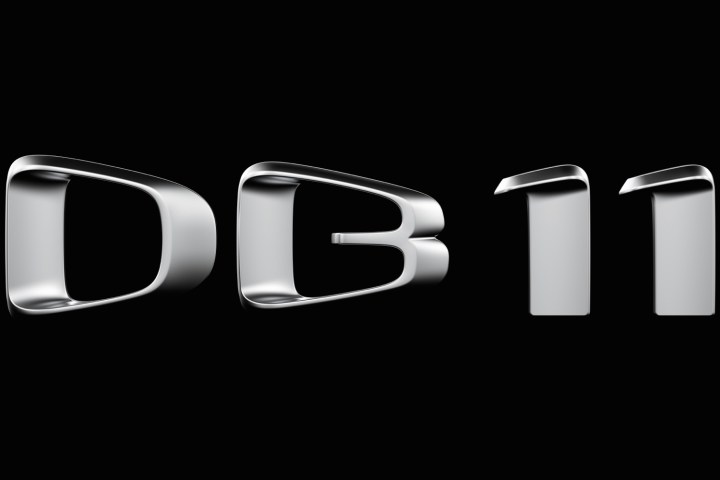
The DB11 name continues the tradition of honoring Aston Martin savior David Brown, whose initials have appeared in the names of Astons since the 1950 DB2. Aston trademarked the names DB10 through DB14 last year, giving it plenty of wiggle room.
Aston decided to use DB10 for the limited-edition model it built specifically for the upcoming James Bond movie Spectre. The DB10 is appreciably smaller than the current DB9, and probably the future DB11. Production was limited to the number of cars required for filming, and none will be made available to the public.
That left DB11 as the next logical slot. Aston skipped a number when transitioning from the DB7 to the DB9 to emphasize the difference between the two models, and it’s possible a similar message is implied with the DB11, which represents a major overhaul of the backbone of Aston’s lineup.
The DB11 will be the first Aston to visibly benefit from the company’s new partnership with Daimler-Benz. The German carmaker is expected to supply a version of the 4.0-liter, twin-turbocharged V8 currently used in the Mercedes-AMG GT and C63, which will be offered alongside a reworked version of the current Aston Martin V12.
Aston is also developing an all-new, aluminum-intensive platform that will finally replace the tried-and-true VH architecture that dates back to the 2001 Vanquish. Debuting with the DB11, this new platform could eventually underpin all Aston Martin production models.
The DB11 may also break with tradition in terms of styling. While the DB9 still looks gorgeous, its design language can be traced back to the old DB7 of two decades ago, and Aston might feel it’s time for a change. The new look could be influenced be recent Aston concepts, like the DBX crossover.


